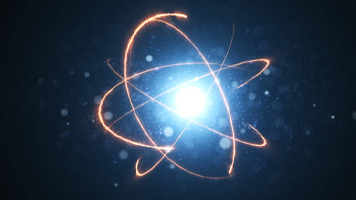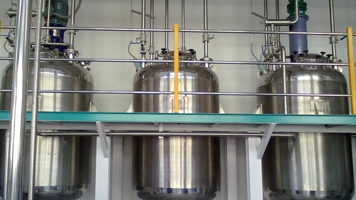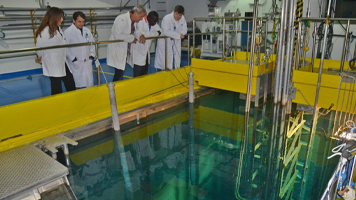Due to the strong interaction that exists with other fields of Physics, the area of Reactor Physics has existed since the creation of the Program. In this long period of existence, it has generated human resources for the main institutions in the country's nuclear sector, with the training of researchers at both master's and doctoral levels, highly qualified for the analysis of the neutronic behavior of a nuclear reactor.
The area aims to provide theoretical support and fundamental physical knowledge of the neutron-nucleus interaction for the development of Nuclear Engineering. Within this spirit, mathematical methods and physical models of the interactions of low energy neutrons with the nuclei of isotopes that make up the materials of a nuclear reactor are studied. The effects of these interactions are analyzed in their smallest details, with the aim of enabling students to develop basic research work, according to the most recent progress in the chosen field of activity.
On the other hand, the area also has the purpose of developing applied research works, which are fundamentally based on the development of mathematical and numerical methods for applications in neutron analysis codes of nuclear reactors. In this context, the researcher in the area must get involved in studies motivated by requests from companies and institutions in the nuclear sector.
The lines of research under development in these areas are the following:
• Applications of perturbation theory methods (GPT and Pseudo-Harmonics) to reactor physics problems;
• Development of physical models for calculating neutron parameters in the energy range of nuclear resonances;
• Development of methods for determining the temporal variation of the neutron flux;
• Coarse mesh methods for calculating the spatial flux of neutrons in 2 or 3 dimensions and 2 energy groups in PWR reactors;
• Space-time calculation methods (transient to two energy groups for PWR type reactors);
• Nuclear fuel management (optimization of PWR reactor recharge models).
• Development of models for calculating the adjunct constants of multigroups.























